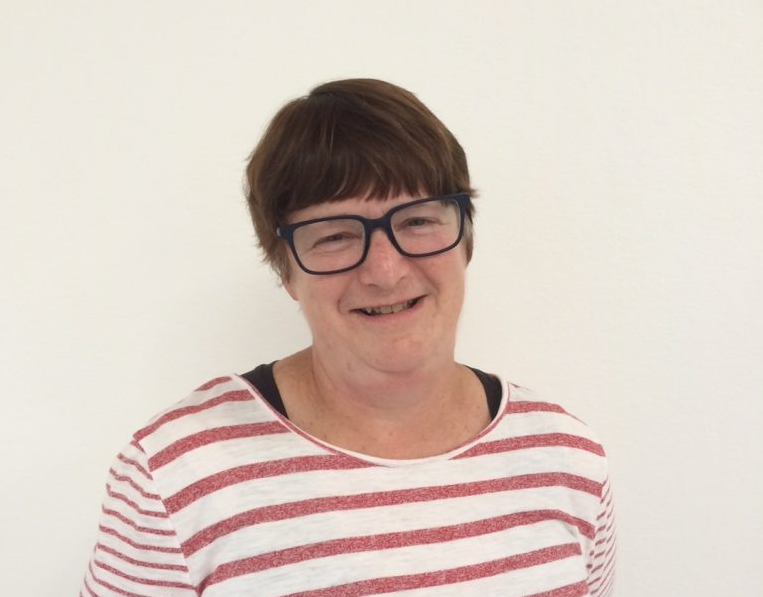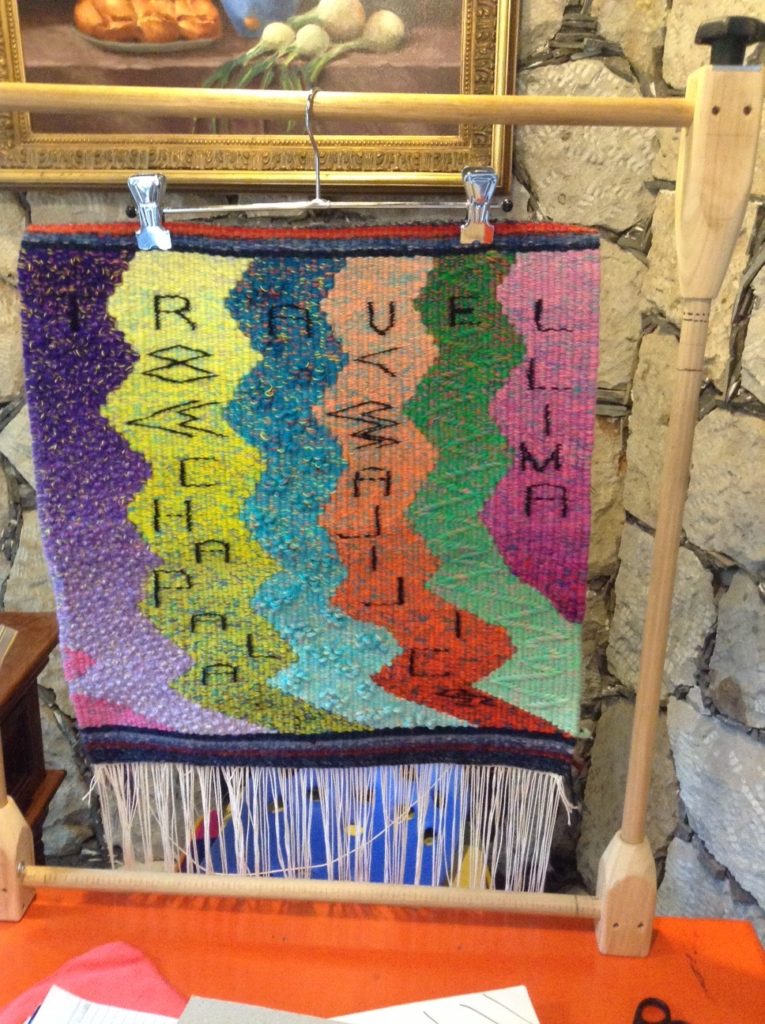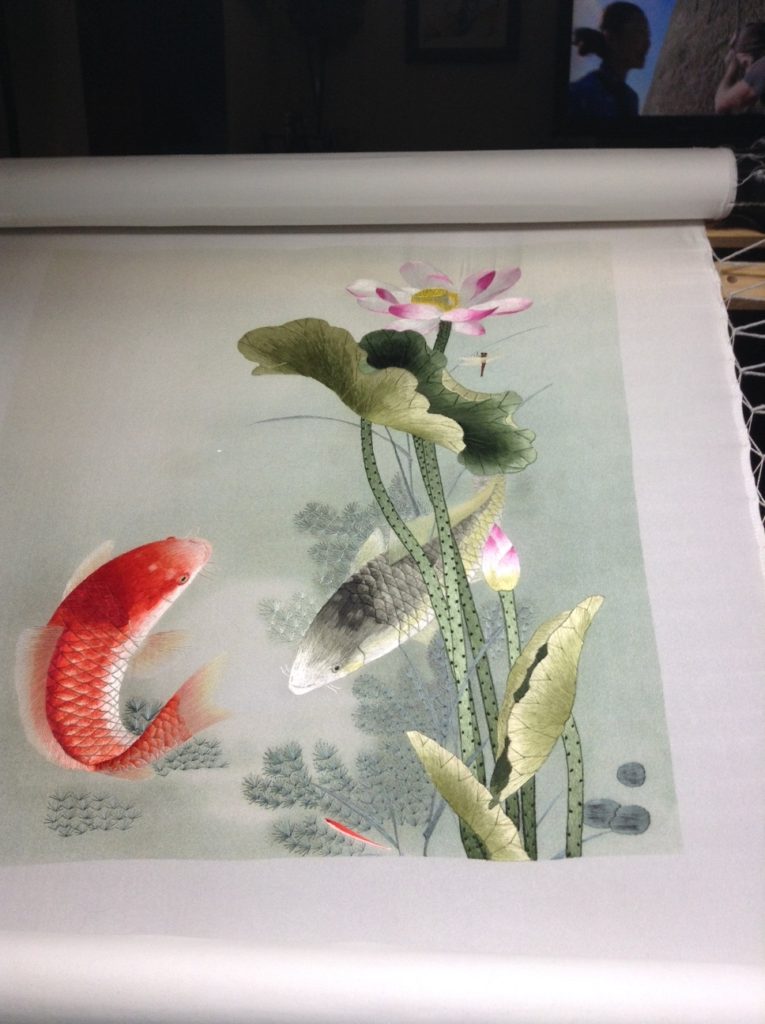We’d love to hear about your fiber art journey
I started to knit when I was five. I have always loved the tactile feel of fiber and the endless colors. I am a person who needs to make things and working with fiber gives me energy and feeds my soul. Eight years ago, when I got burnt out from working in the corporate world, I bought a yarn shop so that I could be surrounded by color and people who spoke my language.
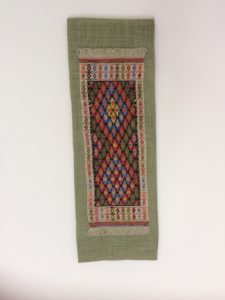
I’m sure our readers are wondering how you heard about the 360 Xochi Quetzal residency program and why you keep coming back.
I currently live in the city of Melbourne and have been a long time subscriber to the Textile Fibre Forum., the most comprehensive fiber magazine in Australia. The residency was advertised TFF and there were also two great interviews, one with the founder, Deborah Kruger and another with an Australian artist named Louise Saxton. There is something precious about time spent at a residency. You don’t have any housework to distract you and can forget about daily worries leaving you free to concentrate on your work. I love walking along the lake and not having to get into a car. The landscape on Lake Chapala is very inspirational and the Mexican people are so friendly. I’ve been coming every fall for three years and intend to continue.
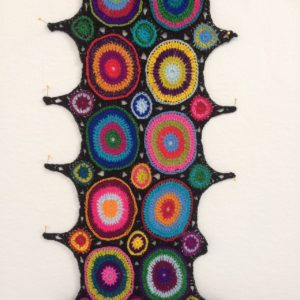 Tell us about your current embroidery work
Tell us about your current embroidery work
When I had my yarn shop, I had a customer who gave me skeins of gorgeous silk thread that she bought on a trip to China. I began to research silk embroidery and found out that the only teacher of Chinese embroidery in the Southern Hemisphere was a woman named Margaret Lee and amazingly, she lived in Adelaide, Australia! I began to take workshops with Margaret so that I could learn this ancient embroidery technique. I’ve been studying with her for 2 ½ years now and take 4 – 5 week trainings at least once a year. Margaret is also a master of Japanese embroidery and I am studying that as well.
You also weave. Tell us about this part of your textile life
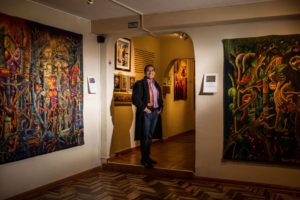
Once I retired in 2014, I decided to commit time and money to study techniques that I wanted to incorporate into my art practice. In 2016 I was fortunate to be accepted to a 3-week workshop with Maxima Laura. He is considered a National Treasure and Master tapestry weaver in Lima, Peru. Studying with Maxima was a life-changing experience. He accepts 5 students twice a year and the workshop is held in his home studio. He doesn’t want tapestry weaving to die and as a result, he gives freely, holds nothing secret and allows us to see all his tapestries hanging throughout his house. This was a truly inspiring experience for me and my colleague.
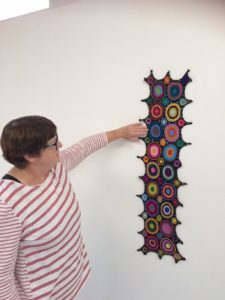 What advice do you have for other artists?
What advice do you have for other artists?
Make sure you choose a partner who will give you the space you need to create, even if they do not understand your work or process. I married a businessman later in life to and I’ve remained financially independent from him. I recommend this. It’s better to want someone rather than need them. Dedicate your time and resources to perfecting your craft.
What are the qualities that are required for the detail oriented work you have chosen?
To work with silk embroidery or tapestry weaving it’s best to have a lot of patience and persistence. I find the work very meditative and not at all arduous. Being introverted and enjoying your own company are good qualities, since this work demands hours of concentration.

